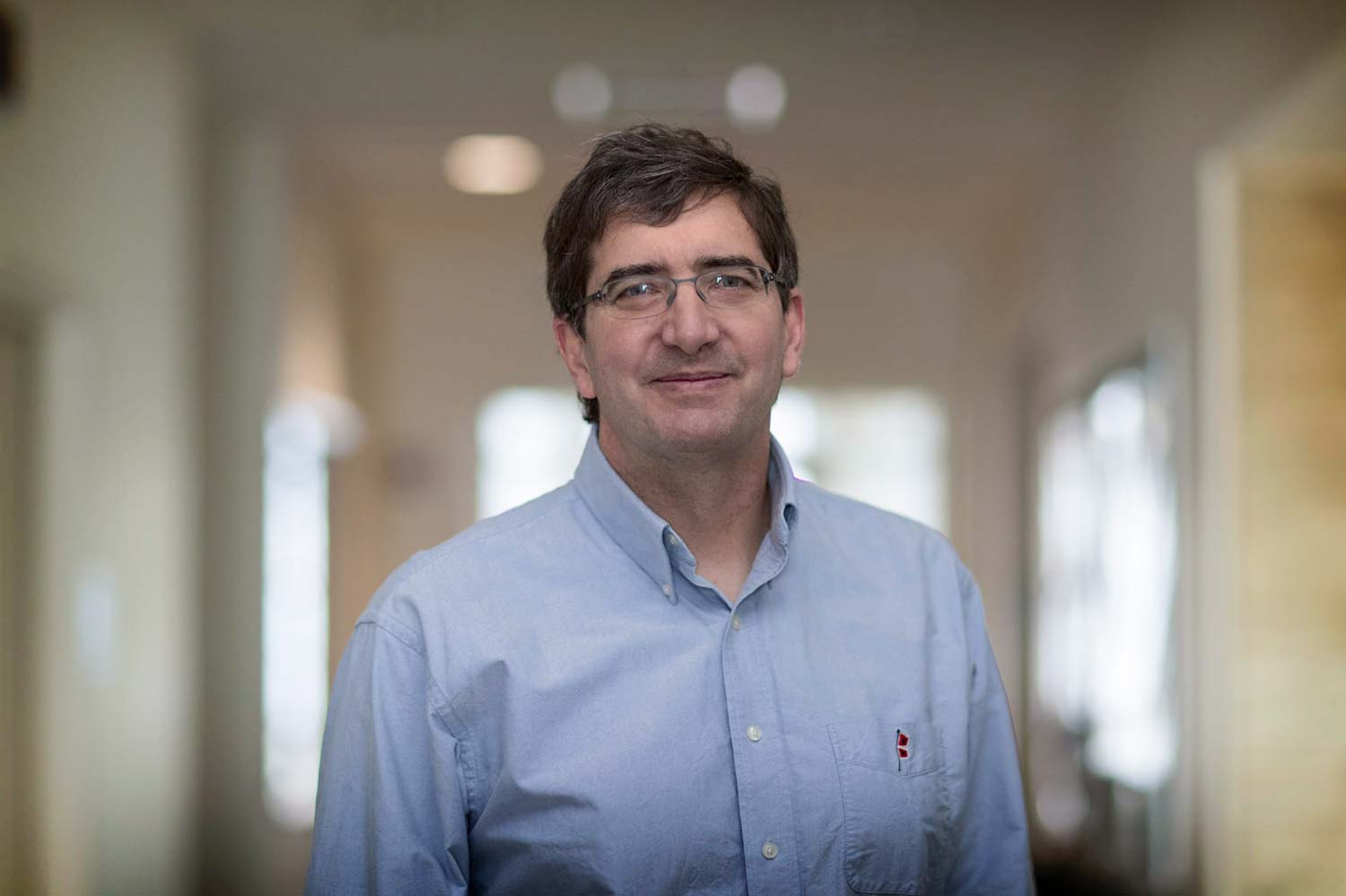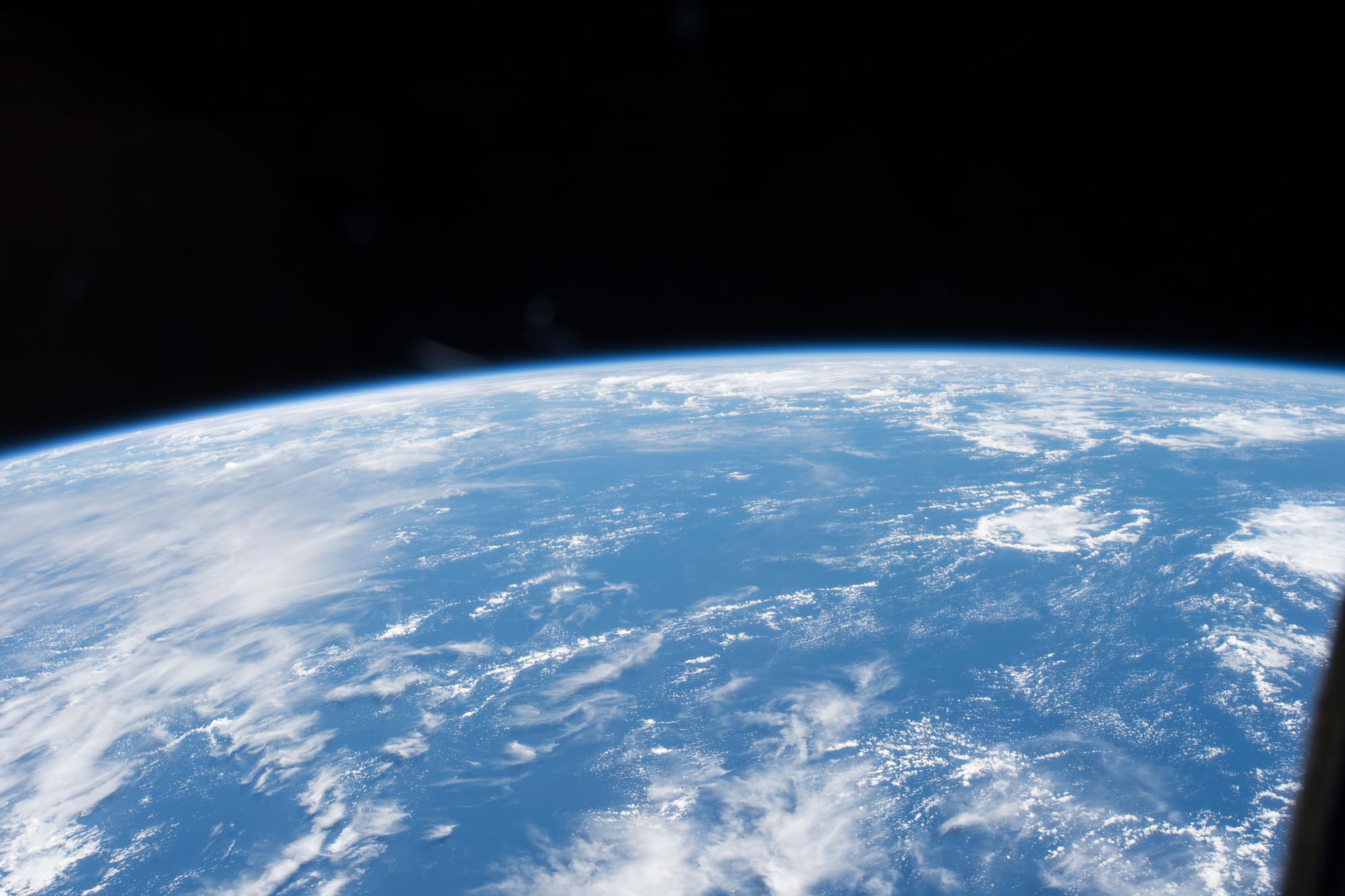Bigger and stronger hurricanes. Inland flooding. Drought. Rising seas. Burning landscapes. All are a fact of life as the Earth’s climate undergoes change – natural and human-induced.
University of Virginia oceanographer Scott Doney, a leading expert on climate science and ocean systems, is working to understand altering patterns that affect natural systems and human lives. He came to the University in 2017 from the Woods Hole Oceanographic Institution in Massachusetts to serve as the Joe D. and Helen J. Kington Professor in Environmental Change, and as a member of the UVA Environmental Resilience Institute.
Doney’s research encompasses and ties together oceanography, climate science, biology, geoscience and chemistry. He uses data from a range of global sources and computer modeling to bring insight into how natural and human-caused carbon dioxide emissions cycle through the atmosphere, vegetation and the globally connected ocean, affecting climate patterns.
Here he discusses his research for readers of UVA Today.
Q. How are you working to understand changes to our environment?
A. My research revolves around understanding how mounting human pressures on the environment threaten the health of the ocean and the people who depend on the sea for food and economic well-being.

UVA environmental sciences professor Scott Doney is a leading expert on climate science and ocean systems. (Photo by Dan Addison, University Communications)
Two major concerns are climate change and ocean acidification, both of which arise in large part from human use of carbon-based fossil fuels – oil, natural gas and coal. These fuels release carbon dioxide into the atmosphere when burned. Elevated levels of carbon dioxide – which is a heat-trapping “greenhouse gas” – warm the planet and alter Earth’s climate.
My scientific career is dedicated to understanding the effects of excess carbon dioxide in the atmosphere – where it causes climate disruption and ocean warming; how much is absorbed by the ocean; where it alters seawater chemistry and leads to acidification; and how warming and acidification hinder the ability of marine life to thrive.
We analyze data from many sources – terrestrial sites, research ships, Earth-observing satellites – to track changes to the global carbon cycle. We track power plant emissions, levels of trace gases in the atmosphere, and work to determine the amount of carbon that is absorbed from the atmosphere into the ocean, vegetation and soils.
My particular expertise is in synthesizing field data, satellite data and computer simulations to bring about a more holistic understanding of the Earth’s many systems. Scientific collaboration is central to our success.
Q. How bad is the carbon dioxide problem?
A. Because of our use of fossil fuels and land-use practices, such as deforestation, carbon dioxide levels in air are growing at an unprecedented rate. Present-day levels are nearly 50% larger than those before the Industrial Revolution began in the early 1800s and are higher than at any time in the past several million years.
The decade that just ended, the 2010s, was the warmest decade experienced by the planet since people started collecting widespread, instrumental temperature data almost 200 years ago. As a result, and as we’ve seen, climate change is prominent in the news; from wildfires in California and Australia, to major heat waves, droughts and flooding events in the U.S. and around the world.
“Despite these challenges, I am rather optimistic about the future, in large part because of my day-to-day interactions with UVA students. As a group they are deeply concerned about environmental problems and are energized to find and implement solutions.”
- Scott Doney
Q. How are changes to atmosphere carbon dioxide and climate affecting the health of the ocean?
A. Most of the Earth’s extra heat is stored in the ocean. Ocean heat waves are causing massive coral bleaching throughout much of the tropics, while die-offs of marine species are occurring at temperate latitudes. As ocean conditions shift, fishing industries and coastal communities increasingly are experiencing disruptions. Many familiar local fishes and invertebrates are disappearing and being replaced by warm-water tolerant species.
Ocean acidification is equally pressing for many corals, shellfish and other types of marine life. Roughly a quarter of the excess carbon dioxide emitted by humans ends up in the ocean, where it reacts with water to form carbonic acid, making seawater more acidic. Organisms that make shells and skeletons from calcium carbon minerals, such as oysters and scallops, appear especially sensitive to acidification. My research group uses field data and models to quantify the rate and geographic patterns of ocean acidification.
In recent work, we have identified marine hotspots that may be more vulnerable to acidification because of a combination of rapidly changing ocean chemistry, sensitive marine life and ecosystems, and greater human reliance on marine resources, such as coral reefs and shellfish fisheries that may be strongly impacted by acidification.
Q. What can societies do to improve the health of our planet?
A. The most obvious solution to both climate change and ocean acidification is to lower our emissions of carbon dioxide and other greenhouse gases to the atmosphere. Eventually society will have to lower net emissions to near zero, or even develop approaches to actively remove carbon dioxide from the atmosphere.
The sooner we start lowering emissions, the better. The magnitude of damage to the environment scales with the cumulative amount of carbon released, not just our present-day emission rates. This is a global challenge that requires individuals, communities, companies and governments to work together to promote renewable energy, embrace energy efficiency, and protect and restore carbon-rich forests, grasslands, soils and wetlands.
Carbon sources and sinks (such as forests and the ocean, which absorb carbon dioxide) are intertwined with our economy, energy system, agriculture and forestry, and there is no single magical technology or policy that will solve the climate problem. Thus, we need to invest in a portfolio of different climate mitigation approaches, refining the mix with time as we learn more about what works best.
It is also particularly important to consider social inequities to make sure that the burden of climate change and the costs of mitigation do not fall disproportionately on the most vulnerable people and communities. Climate mitigation action will take time, and even the most ambitious scenarios suggest that climate change and acidification will continue to grow for several decades. At a more local and regional level, therefore, we also need to learn how to adapt to further environmental change through better management and protection of our environment, our natural resources and communities.
Q. What do you expect for the future?
A. Despite these challenges, I am rather optimistic about the future, in large part because of my day-to-day interactions with UVA students. As a group they are deeply concerned about environmental problems and are energized to find and implement solutions.
The UVA Environmental Resilience Institute, and the emphasis placed on the environment and sustainability in the new UVA strategic plan, reflect a similar commitment by the faculty and institution. As a society, we already have many of the tools needed to reduce carbon emissions, adapt to a changing world and improve people’s living conditions. Finding the political will to do so will not be easy, but is certainly doable.
Media Contact
Article Information
January 29, 2020
/content/qa-environmental-scientist-scott-doney-what-societies-can-do-help-planet

